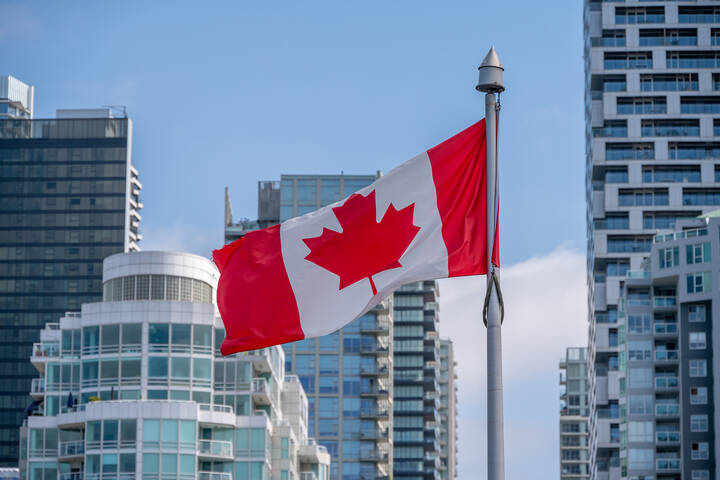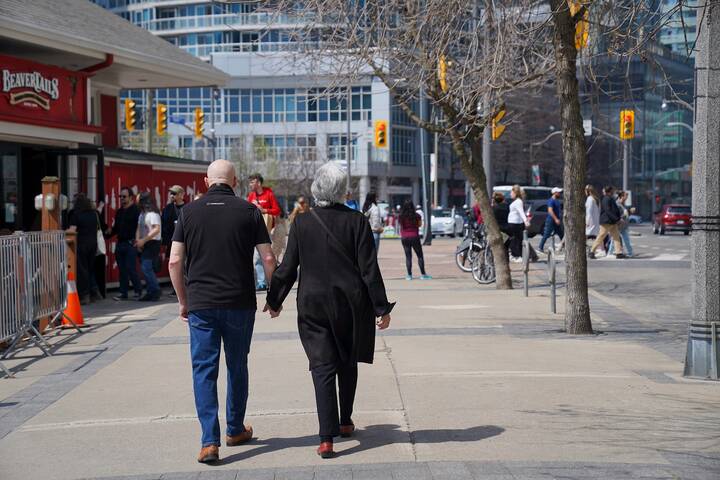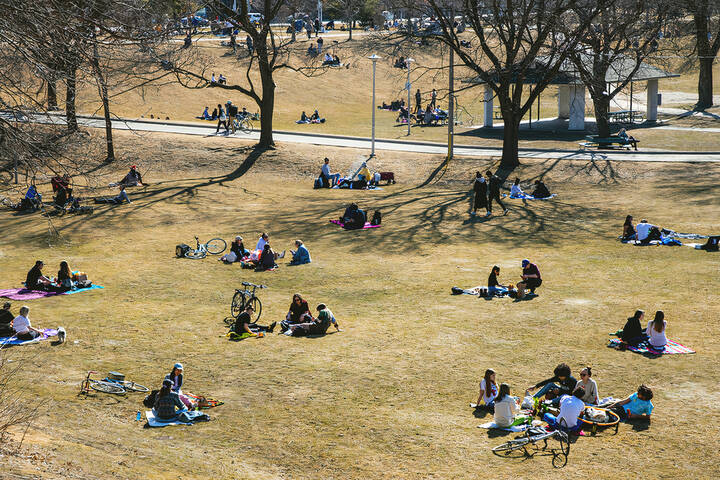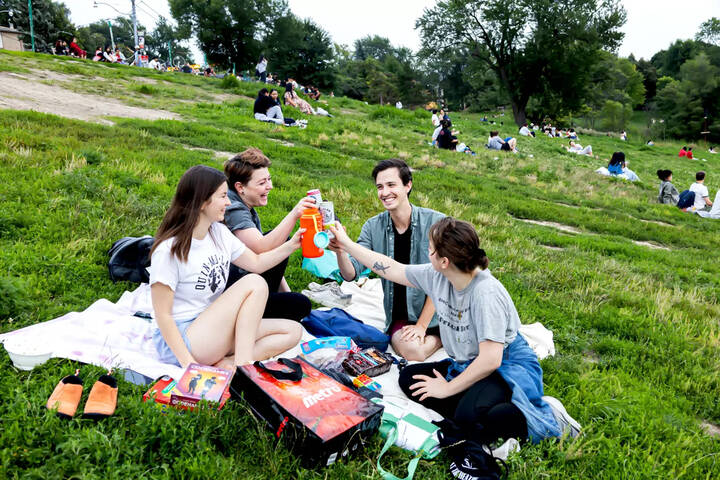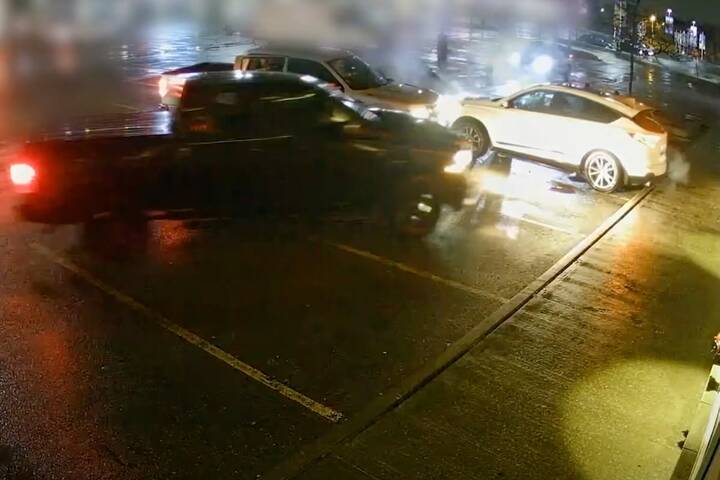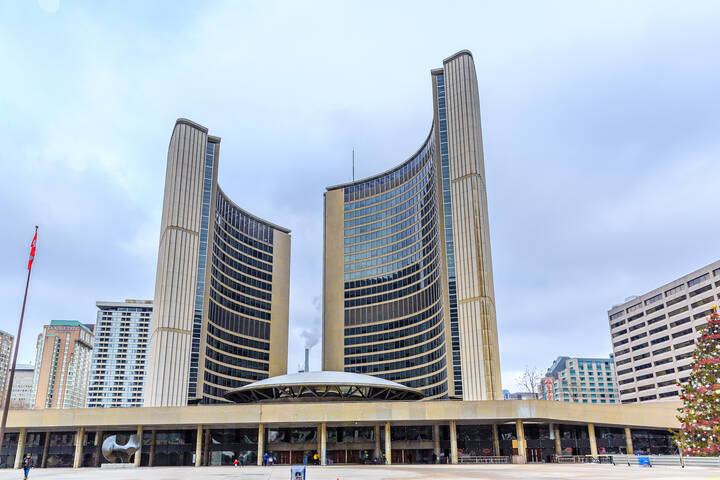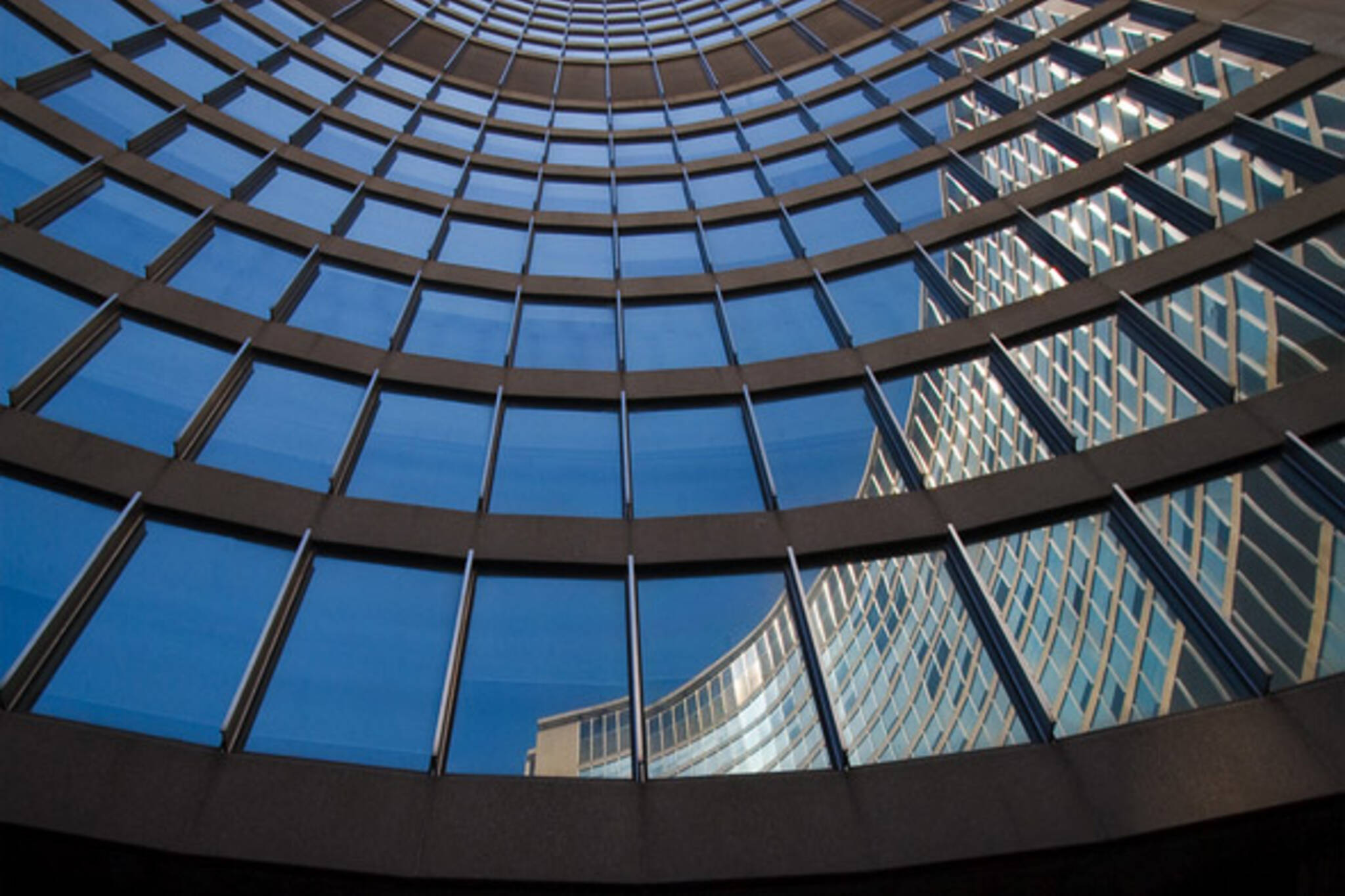
5 things Toronto could learn from its past
Toronto has a rich history of success and failure. Luckily, there has been more of the former than the latter, but there are still lessons to be learned from the past. Toronto City Hall is less welcoming to visitors than it was when it opened in the 1960s, and Yonge, one of the city's most famous shopping streets, is configured to favour the minority of drivers who use it as a thoroughfare.
Likewise, the Toronto transit system, once the envy of the world, has fallen on hard times. The cost of building new transit has been passed from the province to the city and there doesn't appear to be a clear, long-term plan to fill the funding gap.
Here are 5 things Toronto could learn from its past.
City Hall is a place of the people, for the people
There was a time when Toronto City Hall was a place people wanted to visit. Instead of trudging through the heavy wooden doors to apply for a permit or pay a fine, tourists and locals were ushered inside by friendly tour guides who were eager to show off the City of Toronto's stunning modern centrepiece.
Funded by citizens, City Hall was built with a number of public features, including a top-floor observation deck, a cafeteria, and, of course, a public gallery in the council chamber. In 2012, activist Dave Meslin pitched the idea of Walmart-style greeters at City Hall, an idea briefly championed by Doug Ford. The observation deck might be ostensibly be closed for safety reasons, but the idea of making the seat of government more welcoming to visitors is a winner.
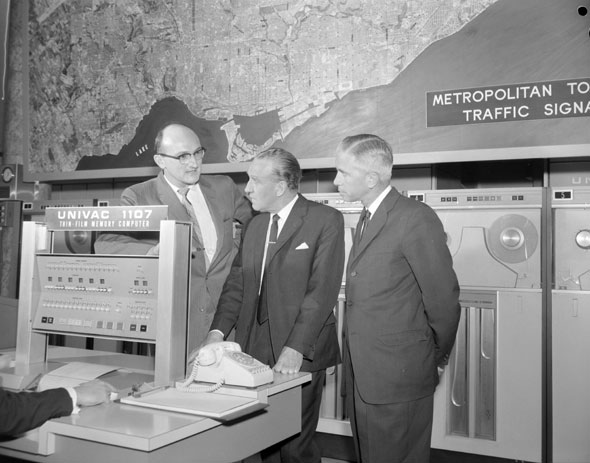
Investments in technology pay dividends
Toronto used to be a world leader in the application of transportation technology. In 1963, the city dropped $3.2 million (about $24 million in today's money) on a gigantic supercomputer capable of timing the traffic lights, calculating property taxes, and tallying election votes. The spec was impressive by the standards of the day; 256 kilobytes of RAM and 6 megabytes of storage space, which is just a tiny fraction of the processing power and capacity of a modern smartphone.
It turned out the UNIVAC 1107, which filled an entire air-conditioned room at Old City Hall, was best applied cracking the city's traffic flow problems, optimizing intersections to reduce jams and tallying the number of vehicles on the street. The machine had its foibles (the UNIVAC wasn't specifically designed for traffic and many of the peripheral components like the car-detecting road strips had to be invented by local engineers) but at the time no other city in the world was using computer technology to manage traffic.
Engineers from cities all over the world came to learn how we did it.
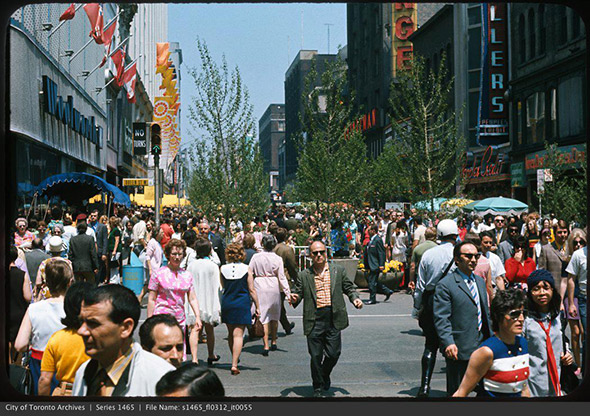
Yonge St. should be pedestrianized
For four years in the early 1970s, Yonge was closed to automobile traffic and transformed into an open-air pedestrian mall between Wellington and Gerrard. Like today, Yonge was used more by people on foot than those in cars. The response under mayor David Crombie was to give the street to the majority of its users for several weeks during the summer. It was popular, too: users liked the additional recreational space and merchants enjoyed an uptick in business.
The mall was lost in part due to the construction of the Eaton Centre. As John Barber recalls in the Toronto Star, the provincial government refused to make the mall a permanent fixture amid pressure from the owners of the downtown shopping mall. Barber also points out there is no street parking south of Eglinton, so none would be lost by bringing back the mall on a more permanent basis.
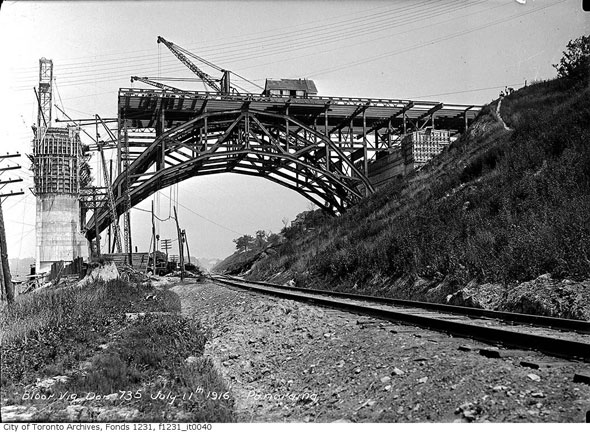
Plan ahead for transit
One of the benefits of a Toronto transit master plan would be the ability to coordinate construction in advance of upcoming projects. Take John Tory's SmartTrack plan, for example. If it's to be built out of Union Station, as planned, it will require parts of the transit hub to be modified within a few years of construction wrapping on the last round of improvements.
Engineers built the Prince Edward Viaduct with a train deck in anticipation of a future rail line. It added about $300,000 to the bill in 1913, but when the Bloor-Danforth line arrived in 1966, the roughed-in deck proved valuable. Likewise, Queen station was built in 1954 with an underground streetcar stop beneath the subway tracks. Had it been needed, it would have cut thousands from the cost of burying the Queen line.
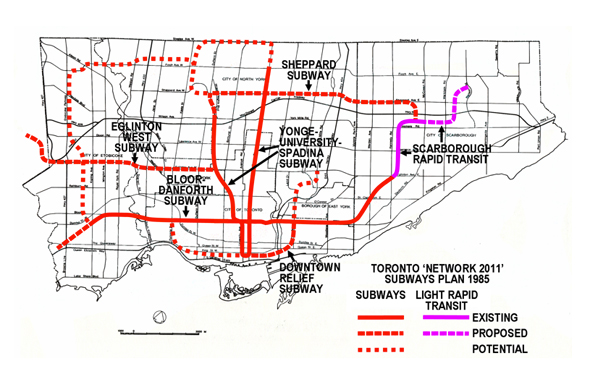
The province needs to subsidize Toronto transit
In 1995, under premier Mike Harris, the cost of subsidizing the Toronto Transit Commission (as well as parts of education and welfare) was passed from the province to the city. The province had help cover the cost of building new transit and keeping buses, streetcars, and trains running since the 1960s, and the sudden financial burden placed on the city proved disastrous. Services were cut and plans for new lines were shelved.
"We know the city can't afford it. There's no city in the world that has its transit funding only from the municipal tax base," TTC chief general manager Rick Ducharme said in 2000. If Toronto is going to dig itself out of transit purgatory, the province needs to step in and provide predicable, sustainable funding once again.
Chris Bateman is a staff writer at blogTO. Follow him on Twitter at @chrisbateman.
Lead image by Phil Marion
Latest Videos
Latest Videos
Join the conversation Load comments

